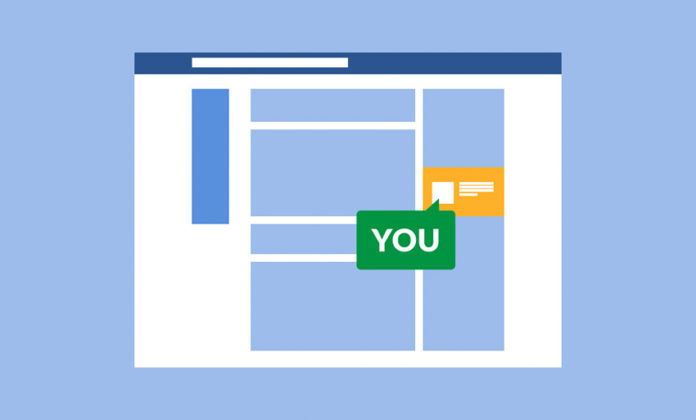Chances are when you think of internet advertising your are thinking of purchasing keywords on Google. Given that Google has ~75% of the search market, it definitely makes sense to concentrate advertising efforts there. That being said, your dealership may want to take a second look at Facebook. Unlike advertising on Google, the goal of Facebook advertising is not really to drive clicks to your dealership websites. Instead, you should think about Facebook as the new TV- an outlet to create brand awareness (in a hyper-targeted fashion).
The average American spends almost 7 hours a month on Facebook. That’s 7 hours spent looking at a webpage that almost always has ads flanking its sides. When it comes to brand building (as opposed to lead generation), Facebook represents prime ad real-estate for your dealership. It’s all about targeting your customer’s subconscious mind as he/she casually clicks through friend’s pictures. If “VW of Small Town, NJ” is displayed as a 25 year old college grad living in Small Town browses Facebook, then that dealership will come to mind when she considers where to buy a car for her new job.
There are several mediums to foster brand awareness but Facebook has the advantages of being cost-effective as well has hyper-targeted. Since Facebook knows pretty much everything about a potential customer, it is able to display adds to the exact customer segment that you would like to attract. In the example above, if VW of Small Town, NJ wants to corner the market for 25 year olds with the disposable income of a college grad entering the workforce, the example below could be a way to focus the audience.
As you can see in the screenshot above, there are exactly 2,800 potential customers that fit the hyper-targeted demographic. This means that my target market is relatively small. I would normally try to increase the geographic reach, but for this example lets stick with the number above. The next part of the Facebook advertising process is perhaps the most important part for dealers- there are two options for the targeted ads:
1. Optimize for clicks – This is traditional CPC where the goal is driving customers to click on your website
2. Optimize for impressions – This is brand awareness CPM where the goal is to drive views of your ads
Make sure that you select the second option (optimize for impressions) for the reasons detailed previously. In the example above the suggested bid us $0.05-$3.25. A good practice is to start with $1, even though as the campaign progresses the CPM will probably be closer to $0.50 or less. With these numbers, every $100 you spend will buy around 200,000 impressions. This means that those 2,800 potential customers will theoretically see your dealership’s ads over 70 times each!
How do you know if its working?
Seeing as though dealerships love their numbers, the next question on your mind is probably how to measure results for Facebook ads. The true metric of interest to gauge success in this case is the number of prospective customers that see your ads and then visit your physical or virtual showroom. While tracking customers that enter your physical showroom is trickier, Facebook provides you with tools that allow you to track if the people that saw your ads are ending up on your virtual showroom. This involves “tagging” a user that has viewed your ad. Learn more about setting up conversion tracking.
The New TV
Could you imagine if a TV station claimed they were able to show your ads to a hyper-targeted segment and then track every time someone went to your website after seeing a commercial? This is essentially the power of advertising with Facebook. It may be hard to look past the smaller number of clicks that you are receiving with your Facebook ads. However, using Facebook’s conversion tracker you will be able to see the true benefit of your advertisement dollars for your BDC. If you have any questions about any of the above, feel free to post them below – I will check this post for the next few weeks and respond to as many as possible.







